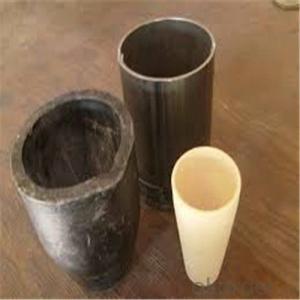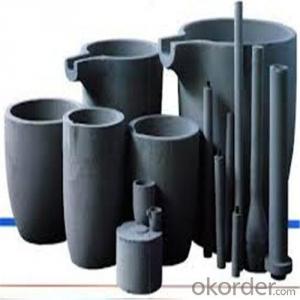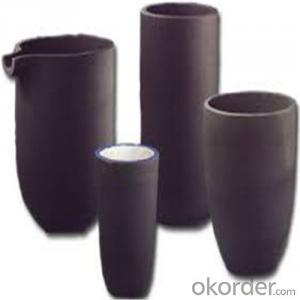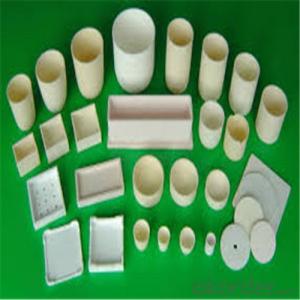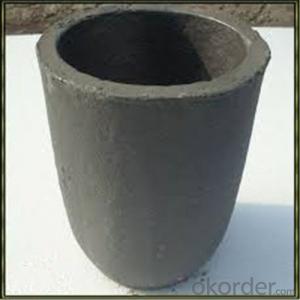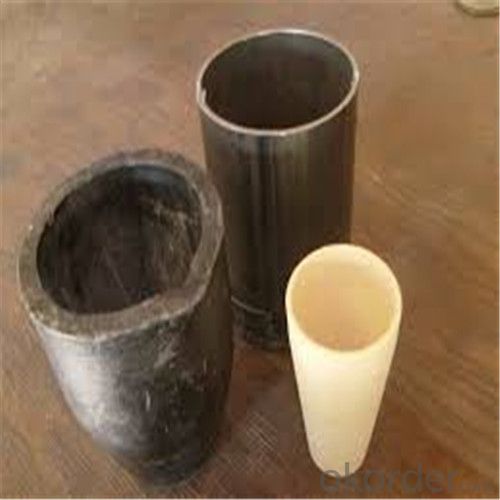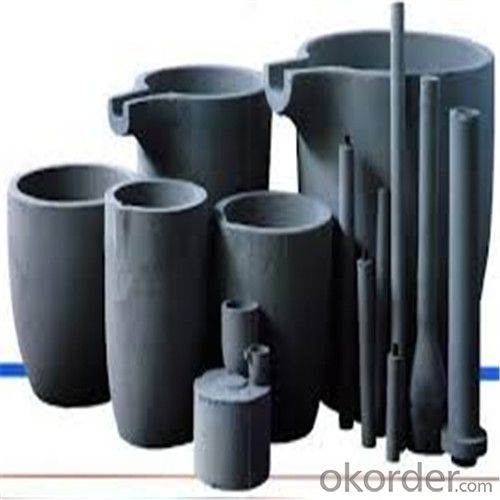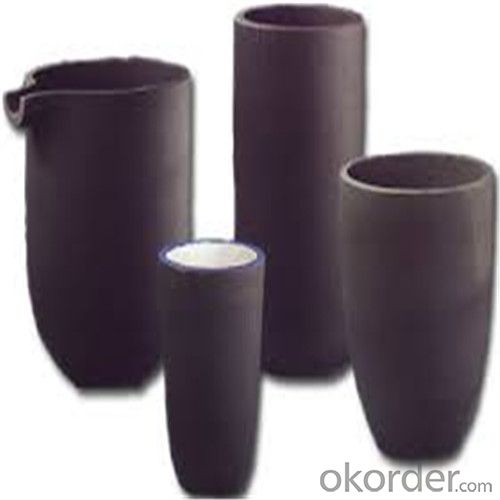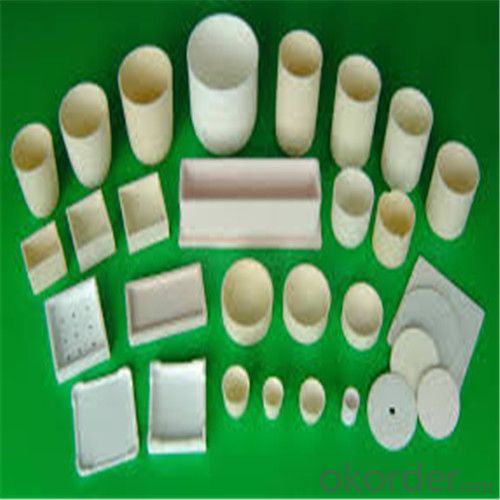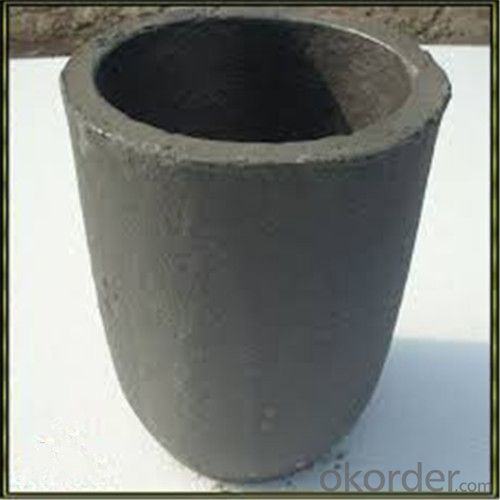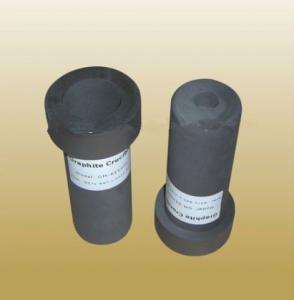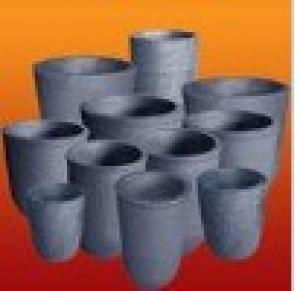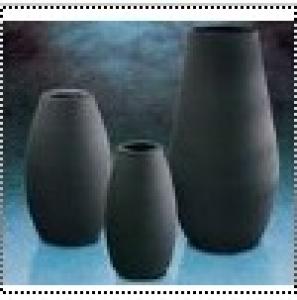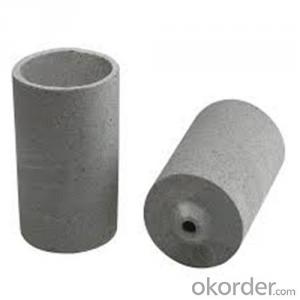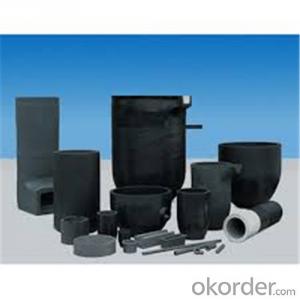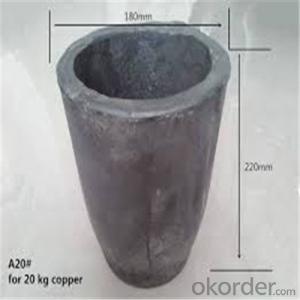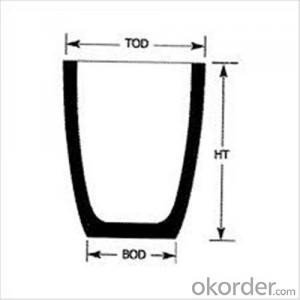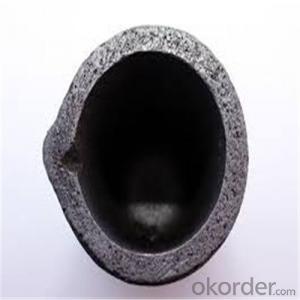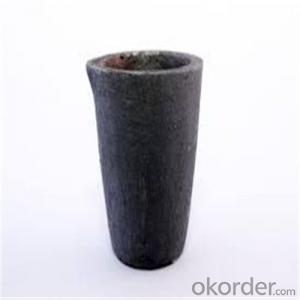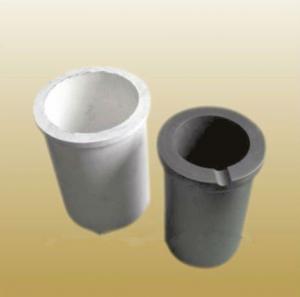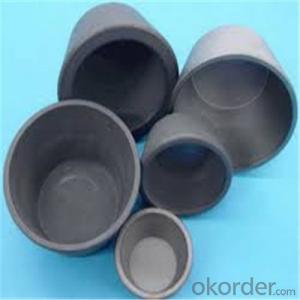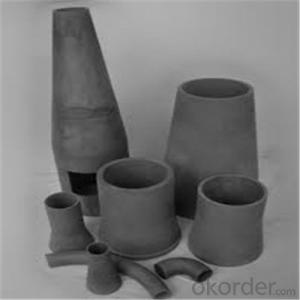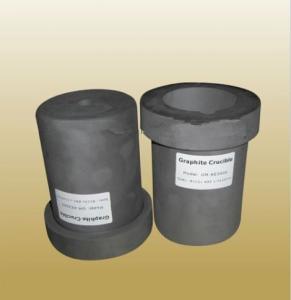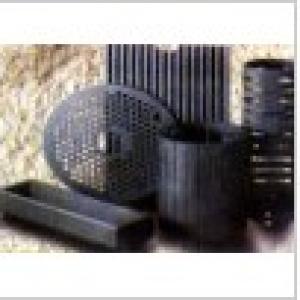Graphite Crucible Near Me for Gold Melting Aluminium and Copper, Brass - SIC Graphite Crucibles
- Loading Port:
- Shanghai
- Payment Terms:
- TT OR LC
- Min Order Qty:
- 1 pc
- Supply Capability:
- 1000 pc/month
OKorder Service Pledge
OKorder Financial Service
You Might Also Like
Quick Details for SiC Graphite Crucibles For Melting Aluminium And Copper, Brass
| Type: | High Strength, graphite crucible crucible | Application: | melting metal | Height: | as your requirements |
| Composition: | High Pure | Top Diameter: | 10-600mm | Bottom Diameter: | 10-1000mm |
| Place of Origin: | China (Mainland) | Brand Name: | Model Number: | ||
| Color: | Black grey | Si3N4%: | 5min | Fe2O3%: | 0.7max |
| C%: | 30-45 | Apparent porosity: | 30max | Refractoriness: | 1680 |
| Bulk Density: | 1.71min | Using life: | >5000 hours | MAX temperature: | 1600c |
Packaging & Delivery
| Packaging Details: | Seaworty packing or as per customer's detail requirement of graphite crucible. |
| Delivery Detail: | within 20-30 days after confirm order of graphite cru |
Super Quality Long Working Life SiC Graphite Crucibles
Product Description
Specifications for Graphite Silicon Carbide Crucible For Aluminum Melting :
1.Long working lifetime: its working lifetime is increased 3-5 times over normal clay-crucible due to the compact body formed under high pressure.
2.High thermal conductivity: high-density body and low apparent porosity greatly improve its heat conductivity.
3.New-style materials: new heat conduction material ensures faster heat conductivity and pollution-free product, reduces adherent slag.
4.Resistance to corrosion:better anti-corrosion than normal clay-crucible.
5.Resistance to oxidation: advanced process dramatically improves its oxidation resistance, which ensures persistent heat conductivity and long working lifetime.
6.High-strength: high-density body and logical structure make the product better compression property.
7.Eco-friendly: energy-efficient and pollution-free, not only ensure metal product purity, but also ensure sustainable development on environment.
8.Multi-function: Can be used in induction graphite crucible furnace
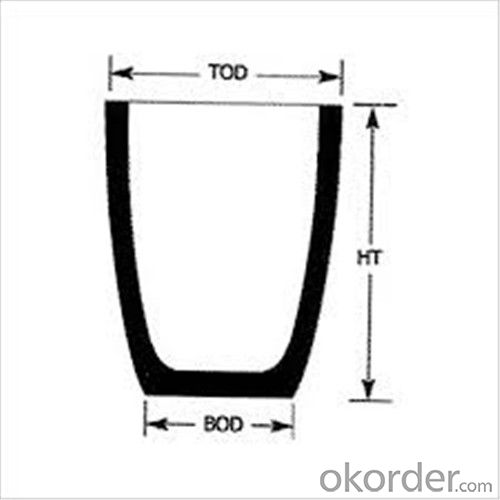
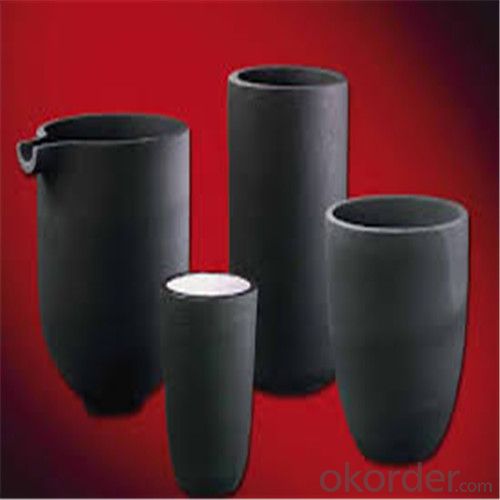
Physicochemical Properties of graphite crucible:
The crucible is an utensil or melting tank vessels that is made of refractory material (such as clay, graphite, quartz or difficult molten metal iron, etc.).
Graphite crucible, with is special advantages and Plasticity, is widely used in the smelting area, e.g. gold smelting, silver smelting, aluminum smelting, cooper smelting, etc.
high pure graphite | ||||
Item | Unit | baked twice | baked three time | baked four times |
impregnated once | impregnated twice | impregnated three times | ||
grain size | mm | ≤325μm | ≤325μm | ≤325μm |
Bulk density | g/cm3 | ≥1.68 | ≥1.78 | ≥1.85 |
Specific resistance | μΩ.m | ≤14 | ≤14 | ≤13 |
Bending strength | MPa | ≥25 | ≥40 | ≥45 |
Compressive strength | MPa | ≥50 | ≥60 | ≥65 |
Ash content | % | ≤0.15 | ≤0.1 | ≤0.05 |
Fine-grain Specialty Graphite FXG-1 | Fine-grain Specialty Graphite FXG-2 | ||||
Item | Unit | Guarantee value | Typical value | Guarantee value | Typical value |
Max grain size | mm | 0.8 | 0.8 | 0.8 | 0.8 |
Bulk density | g/cm3 | ≥1.70 | 1.73 | ≥1.73 | 1.76 |
Specific resistance | μΩ.m | ≤8.5 | 7.5 | ≤8.0 | 7 |
Bending strength | MPa | ≥10.0 | 11 | ≥12.0 | 12.5 |
Compressive strength | MPa | ≥24.0 | 27 | ≥31.0 | 34 |
Thermal Condcutivity | W/(m.k) | ≥120 | 150 | ≥130 | 160 |
C.T.E.(100-600) °C | 10-6/°C | ≤2.5 | 2.2 | ≤2.5 | 2.1 |
Ash content | % | ≤0.3 | 0.09 | ≤0.3 | 0.09 |
NO | Top diameter | Bottom diameter | Height | Tolerance | Capacity(Kg5%) |
2 | 90 | 50 | 55 | 2 | 0.3 |
3 | 105 | 80 | 93 | 2 | 0.5 |
4 | 102 | 80 | 100 | 2 | 0.6 |
5 | 112 | 82 | 130 | 2 | 0.8 |
6 | 120 | 82 | 141 | 2 | 0.9 |
8 | 138 | 90 | 153 | 2 | 1.2 |
12 | 148 | 100 | 181 | 2 | 1.8 |
16 | 156 | 110 | 190 | 2 | 2.3 |
20 | 180 | 120 | 230 | 2 | 3 |
25 | 186 | 128 | 248 | 2 | 3.7 |
Packaging & Shipping
Package: Wooden case and wooden pallet or pack as customer's requirement of graphite crucible.
Delivery time: depend on distance, usually 20 days to 50days after deposit of graphite crucible.
Our Services
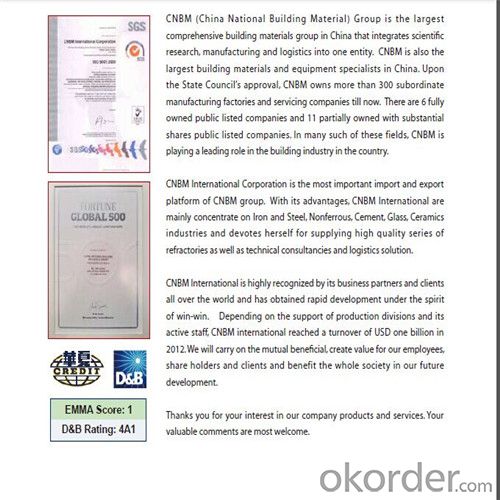
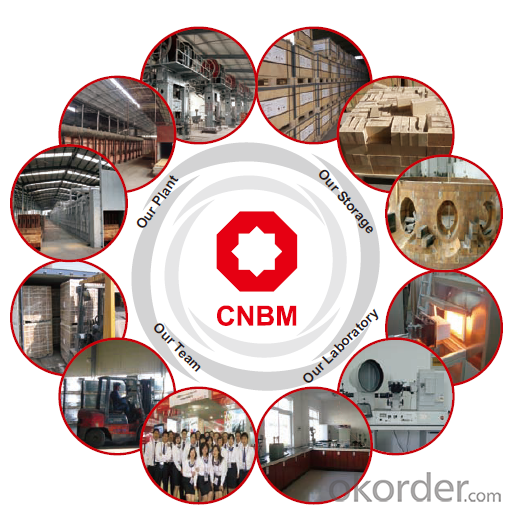
Other Products
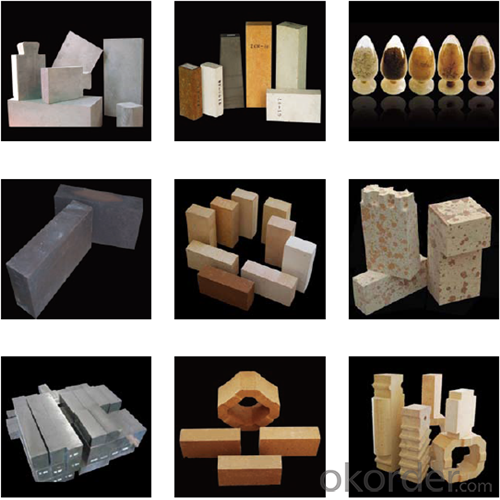

FAQ
1.What's your MOQ?
We will indicate the MOQ for each item in the quotation list. We accept the sample and trail order.
2.Can I negotiate the Prices?
Sure, we may consider discounts for bulk order of products.
3.How long will it take to complete my order?
For the stock items, we can arrange the shippment within 2~3days after received your payment. For the customized items, we will indicate the delivery time in the quotation list.
4.Can you give warranty of your products?
Yes, we extend a 100% satifisfaction guarantee on all items. Please feel free to provide timely feedback if you're not satisfied with N&D's Quality and Service. For the overseas orders, if there is a quality problem, please kindly to provide the picturers to show the problem by e-mail. We will provide the replacements to you at our cost according to actual conditions.
Welcome to visit our factory.^_^
- Q: What are the different methods of measuring the temperature inside a graphite crucible?
- There exist several approaches for gauging the temperature inside a graphite crucible. 1. Thermocouples, extensively employed in various industrial settings, including within graphite crucibles, are composed of two distinct metal wires fused to form a junction. When a temperature discrepancy arises between the junction and the other end of the wires, a voltage is produced, which can be quantified to ascertain the temperature. Thermocouples are fairly uncomplicated, cost-effective, and deliver precise temperature readings. 2. Infrared (IR) Pyrometers rely on the concept of thermal radiation to gauge the temperature of an object without establishing direct contact. These devices detect the infrared radiation emitted by the graphite crucible, which is directly proportional to its temperature. IR pyrometers are non-contact and offer rapid temperature readings, making them suitable for instances where direct contact is unfeasible or undesirable. 3. Optical Pyrometers employ the principle of color temperature to determine the temperature of an object. These devices operate by comparing the color of the object being measured to a calibrated scale. By adjusting the scale until the colors correspond, the temperature can be deduced. Optical pyrometers are commonly used in high-temperature scenarios and yield precise temperature readings. 4. Radiation Thermometers, also referred to as non-contact infrared thermometers or infrared thermometers, ascertain the temperature by sensing the thermal radiation emitted by the graphite crucible. Typically, these devices employ a detector to transform the thermal radiation into an electrical signal, which is then processed to ascertain the temperature. Radiation thermometers are non-contact, swift, and provide accurate temperature measurements. 5. Contact Probes, such as thermocouple probes or resistance temperature detectors (RTDs), can be directly inserted into the graphite crucible to gauge its temperature. These probes are typically crafted from materials resistant to high temperatures and are connected to a temperature indicator or controller. Contact probes furnish direct temperature readings and are commonly utilized in situations necessitating continuous monitoring and control of temperature. Each of these methods possesses unique advantages and limitations. The choice of measurement technique hinges on factors such as temperature range, precision requirements, response time, and the specific attributes of the graphite crucible and its contents.
- Q: Can graphite crucibles be used for jewelry making?
- Yes, graphite crucibles can be used for jewelry making. They are commonly used in the jewelry industry for melting precious metals such as gold, silver, and platinum due to their high melting point and excellent heat conductivity. Graphite crucibles provide a suitable environment for casting and shaping jewelry, ensuring precise and uniform heating.
- Q: How do you determine the appropriate crucible pouring spout for a specific application?
- To determine the appropriate crucible pouring spout for a specific application, there are several factors to consider. Firstly, you need to assess the material being poured. Different materials have varying properties, such as viscosity and temperature range, which will influence the design of the crucible pouring spout. For example, if you are pouring a highly viscous material, you may need a wider spout to allow for easier flow. Secondly, the volume and rate of pouring should be taken into account. If you are pouring large volumes of material quickly, a larger spout with a wider opening may be necessary to facilitate faster pouring. On the other hand, if you are pouring smaller quantities or require more control over the flow, a narrower spout might be preferable. Additionally, the size and shape of the mold or container you are pouring into should be considered. The spout should be designed in a way that allows for easy and accurate pouring into the specific shape and size of the target container. It should also provide good visibility, allowing the operator to monitor the pouring process. Furthermore, the type of pouring method being used is crucial. If you are using a gravity pouring method, where the crucible is tilted to pour the material, the spout should be positioned and shaped to ensure a smooth and controlled flow. If you are using a vacuum or pressure-assisted pouring method, the spout design should accommodate the necessary connections and ensure proper flow under the given conditions. Lastly, safety is a paramount consideration. The crucible pouring spout should be designed to minimize the risk of spills, splashes, or other accidents during the pouring process. It should have appropriate handles or grips for easy and secure handling, and it should be made of a material that can withstand the temperature and chemical exposure of the specific application. In conclusion, determining the appropriate crucible pouring spout for a specific application requires considering the material properties, pouring volume and rate, target container, pouring method, and safety requirements. By carefully evaluating these factors, you can select a spout that will optimize the pouring process for your specific application.
- Q: Can graphite crucibles be used for carbonization processes?
- Yes, graphite crucibles can be used for carbonization processes. Graphite is an excellent material for high-temperature applications due to its superior thermal conductivity and resistance to thermal shock. In carbonization processes, where carbon-rich materials are heated to high temperatures in the absence of oxygen, graphite crucibles are commonly used to contain and heat the materials. The high thermal conductivity of graphite ensures efficient heat transfer, enabling uniform heating and minimizing heat loss. Additionally, graphite's resistance to thermal shock allows it to withstand rapid temperature changes during the carbonization process. Overall, graphite crucibles are a reliable and suitable choice for carbonization processes.
- Q: Can a graphite crucible be used for gold or silver melting?
- Yes, a graphite crucible can be used for gold or silver melting. Graphite crucibles have high heat resistance and excellent thermal conductivity, making them suitable for melting precious metals like gold and silver. They also have good chemical resistance, which prevents contamination during the melting process.
- Q: What are the advantages of a graphite furnace atomizer compared to a flame atomizer?
- Graphite furnace atomic device is a type of system will be placed in the pipe wall, graphite platform, carbon sample holes or graphite crucible with electric heating to a high temperature to achieve atomization. Tubular graphite furnace is the most commonly used atomization device.
- Q: The difference between single graphite furnace graphite furnace atomic absorption spectrophotometer and double graphite furnace
- The flame burner operation condition selection (TS lifting capacity, flame type, burner height)Selection of optimum operating conditions for graphite furnace (optimum atomization temperature of inert gas)
- Q: Can a graphite crucible be used for aluminum casting?
- Indeed, aluminum casting can utilize a graphite crucible. Foundries and metal casting operations frequently employ graphite crucibles due to their exceptional thermal conductivity, high melting point, and resistance to chemical reactions. Graphite crucibles are capable of withstanding temperatures up to 3000°C (5432°F), making them suitable for aluminum, which melts at a relatively low temperature of around 660°C (1220°F). Moreover, the graphite crucible facilitates the efficient transfer of heat from the heat source to the aluminum, ensuring proper melting and casting of the metal. It is important to bear in mind, however, that graphite crucibles may experience wear and tear over time due to the corrosive nature of aluminum. Therefore, regular inspection and replacement might be necessary to uphold casting quality.
- Q: What are the common uses of graphite?
- As a conductive material of graphite in the electrical industry widely used as electrode, brush, carbon, carbon nanotubes, mercury rectifier cathode, graphite gasket, telephone parts, TV tube coating etc.. The most widely application of graphite electrode in smelting, alloy steel, iron alloy, graphite electrode, the strong current through the melting zone, the arc electrode into the electric furnace, the electrical energy into heat, the temperature rises to 2000 degrees, so as to achieve the purpose of melting or reaction. In addition, in the electrolysis of metal, magnesium, aluminum and sodium, the anode of the electrolytic cell is also made of graphite electrode. The resistance furnace for carborundum is also made of graphite electrode as furnace head conducting material.
- Q: Is the yellow metal in the graphite rock gold?
- It would be more convenient if we could find the touchstone. From the proportion can be simply measured, the proportion of gold is very large.
Send your message to us
Graphite Crucible Near Me for Gold Melting Aluminium and Copper, Brass - SIC Graphite Crucibles
- Loading Port:
- Shanghai
- Payment Terms:
- TT OR LC
- Min Order Qty:
- 1 pc
- Supply Capability:
- 1000 pc/month
OKorder Service Pledge
OKorder Financial Service
Similar products
Hot products
Hot Searches
Related keywords
